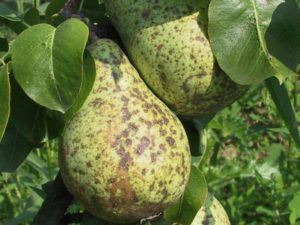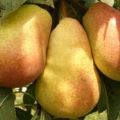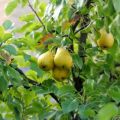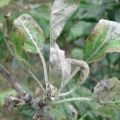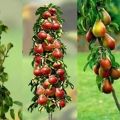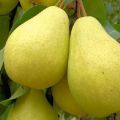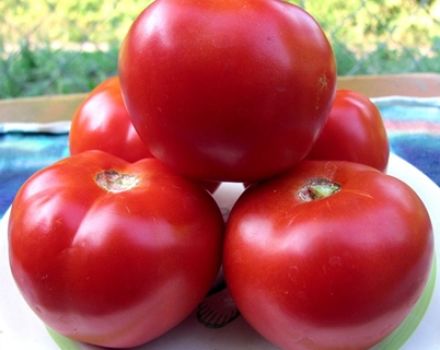Description of the best varieties of pears for Siberia, planting and care
Siberia is considered to be the largest territorial region of Russia. The main feature of the region is its climatic conditions, which are not suitable for growing many vegetables and fruits. Therefore, people who are going to plant pear seedlings will have to choose the most suitable pear varieties for Siberia.
Features of choosing a crop for growing in Siberia
It is recommended to understand in advance the main features of the choice of pears for cultivation in Siberia. When choosing a fruit, consider the following:
- Early maturity. Experienced Siberian gardeners recommend planting early-ripening varieties of pears, which ripen in the middle of summer, in gardens. Self-fertile crops ripen most quickly, so it is better to plant them.
- Frost resistance. It's no secret that frosts and temperature drops are frequent in the region. To grow tasty and sweet fruits, you will have to plant pears that are resistant to sudden temperature changes.
- High temperature resistance. Summer in Siberia can be quite hot and therefore it is better to look for varieties that tolerate high temperatures.
- Productivity. Another factor that is taken into account when choosing a crop is yield. Experts recommend planting high-yielding plants that bear fruit under any climatic conditions.
Popular varieties of varieties with a name and description
Before planting pears, it is necessary to consider in more detail the best varieties that are suitable for planting in Siberia.
Taiga
This is the newest pear, which was bred by crossing the Powislaya and Tenderness varieties. Taiga is classified as an early-ripening fruit that ripens in mid-July.
The pear tree grows up to three and a half meters. Fruiting begins four years after planting. Ripe fruits weigh up to 100 grams. The advantages of the Taiga pear include the taste of juicy and fleshy fruits. The harvested crop is suitable for making wine, compote and freshly squeezed juice.
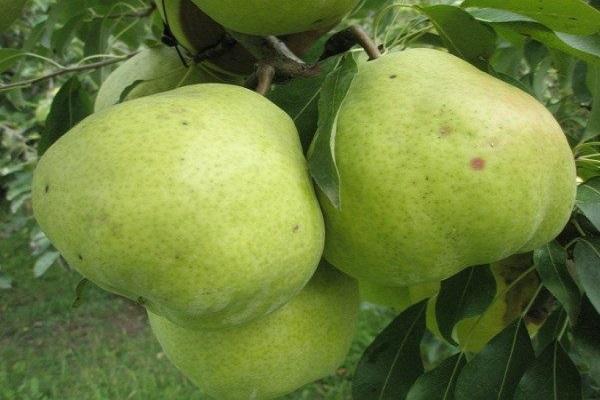
Myth
A distinctive feature of the variety is considered to be tall trees more than five meters high. They have a narrow pyramidal crown with medium-sized shoots. In the spring, small oblong green leaves appear on the trees.
In early summer, fruits are formed, which ripen within 40-50 days. They are covered with a rough skin with a yellow tint. The advantages of the harvest include its keeping quality, which allows you to store the harvested fruit for 3-4 months.
Uralochka
A tall tree that grows up to four and a half meters. Uralochka has a thin crown with rounded geniculate shoots. The leaves have a perfectly smooth surface and are dark green. A characteristic feature of the variety is the miniature size of the fruits, which weigh 40 grams. They have a dense, rough, golden skin. The flesh of the fruit is juicy, fleshy and aromatic. The harvested pears are stored for a short time - 30-40 days.
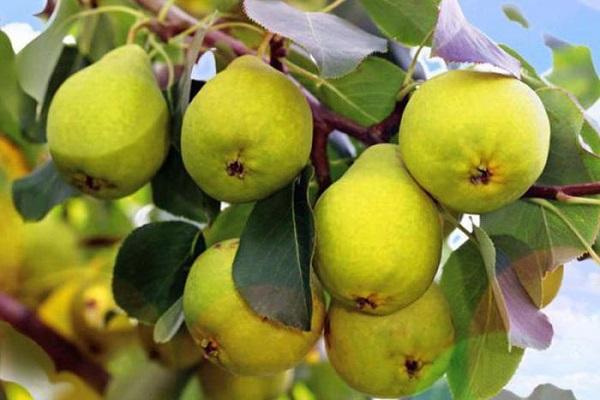
Fabulous
Another tall variety that is popular among Siberian gardeners. With proper care, tall trees can grow up to three and a half meters. They have dark red shoots, on which rounded buds appear in spring.
Fruits of the Fairy Pear grow up to three hundred grams. They are colored dark green and have a rough surface. The harvest ripens at the end of August or in the first half of September. Ripe pears are used to prepare delicious compote, jam or juice.
Dekabrinka
Dekabrinka belongs to tall varieties of pears, as its trees grow up to six meters. Due to the fact that the branches of the plant grow crookedly, its crown has a rounded shape. Dekabrinka's leaves are oblong, have a green tint.
The variety has medium-sized fruits, which after ripening weigh 100-150 grams. They have a smooth surface and a perfect pear-shaped shape. Ripe fruits are covered with a golden skin with a pale blush.
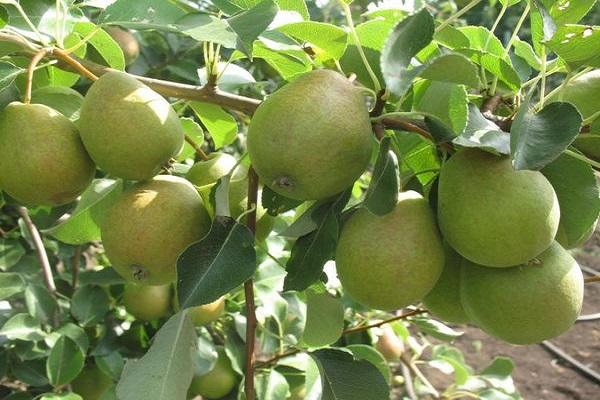
Lukashovka
Khabarovsk variety, bred by the Russian breeder Lukashev. Lukashovka is resistant to low temperatures, dangerous pests and diseases. Due to their frost resistance, such trees are grown in all parts of Siberia.
The main advantage of Lukashovka is its high yield, which allows getting 100-150 kilograms of fruit from each tree. The ripe crop is very juicy and aromatic. It makes a good jam and compote.
Severyanka
Among the compact Siberian varieties of pears, Severyanka is distinguished, the height of which reaches one and a half meters. The crown of the tree is wide, dense and has a pyramidal shape. The leaves have pointed ends and a round wide base.
Severyanka's crop is covered with yellowish skin. The pulp of ripe pears is light and juicy. Housewives often use the fruit to create fruit compotes and jams.
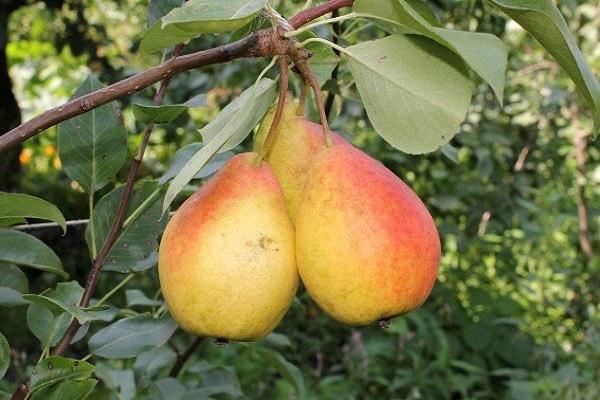
The main disadvantages of Severyanka are:
- crumbling;
- small fruit size;
- poor protection against pests.
Lel
On the territory of Eastern and Western Siberia, many grow the Lel variety. Such a tree grows up to five and a half meters. Lelya's advantages include yield, which allows you to collect 50 kilograms of fruit from each plant. The fruits weigh 150-170 grams, they are colored yellow with an orange tint. The characteristic features of ripe pears include their sweetish flavor and juiciness.
The harvested crop cannot be stored at room temperature for a long time, as it deteriorates within 7-10 days after harvest.

Svarog
One of the most popular Siberian pear varieties, which was developed in the 60s of the last century.
The plant has medium fruiting, and therefore the yield is only 15-20 kilograms from each tree. The first fruits appear only four years after planting the seedlings in the garden. Ripening lasts 3-4 months and therefore the harvest is harvested not earlier than September. The mass of each ripe pear is 70-80 grams. The fruits of Svarog are suitable for processing and fresh consumption.
Perun
This hybrid pear variety was developed for cultivation in Siberia. Perun has a strong root system that tolerates temperature extremes and severe frosts. A characteristic feature of the fruit is considered its large fruits weighing 200-300 grams. They have a pleasant aroma and sweetish taste.Pears are not very juicy and therefore compote or juice is rarely prepared from them.

Autumn dream
Low-growing fruit with high yields and frost resistance. In spring, green fruits appear on the trees, which ripen until the end of August. The harvested Autumn Dream crop cannot be stored at room temperature, as it will quickly deteriorate. In cool rooms, fruits are stored for 2-4 months.
How to grow a pear in Siberia
In order to grow pear trees on a personal plot in Siberia, you need to familiarize yourself with the peculiarities of fruit cultivation. When planting seedlings, remember the following:
- The pear is considered a heat-loving and light-loving plant, and therefore planting should be carried out in a well-lit place.
- Chernozem soils are best suited for growing pear trees, as they contain many nutrients.
- Siberian varieties should be watered abundantly in the middle of summer, during the active phase of fruit ripening.
- Planting should be done in the spring, when the temperature is above zero.
- Before planting, the site is fertilized with mineral and organic fertilizers.
- In spring, all trees are treated with lime mortar for additional protection from pests.
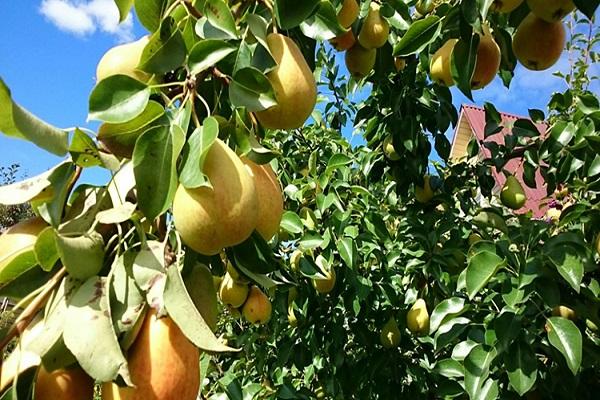
The specifics of caring for Siberian pears
Caring for planted pear trees is as follows:
- Watering. Experts advise using a sprinkler irrigation system, as it is the most effective. If this is not possible, you will have to manually moisten the soil. Watering is done 2 times in spring and summer, during the ripening period of the crop. Each tree consumes 15-20 liters of water.
- Top dressing. Pears, like other fruit trees, need fertilization. It is recommended to use organic dressing no more than once a season. Mineral fertilizers are used more often - 2-3 times. To increase the yield, potassium chloride, humus with urea are added to the soil.
- Disease prevention. Siberian pears often die from soot fungus, fruit rot and scab. To protect trees from these diseases, they are sprayed with fungicidal solutions.
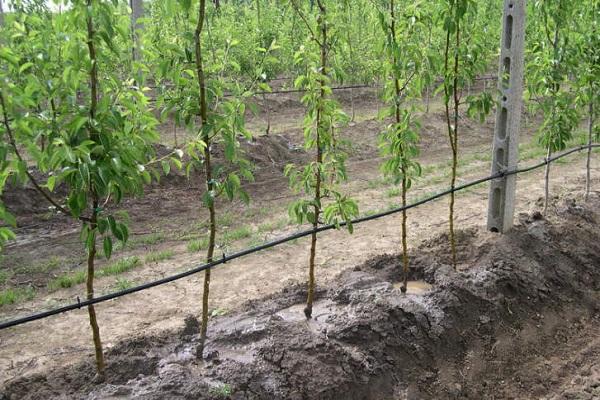
Preparing Siberian pears for winter
Winter-hardy varieties of pears also need preparation for winter. During this it is necessary:
- get rid of overripe fruits left on the trees;
- cut off all dried branches;
- add phosphorus and potash fertilizers to the soil, which improve frost resistance;
- hilling.
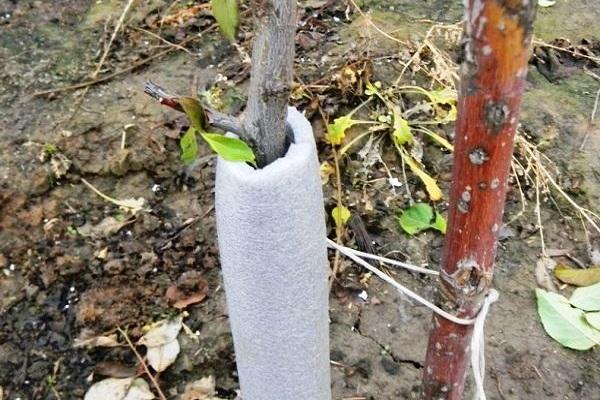
Conclusion
The pear is a popular fruit grown by many gardeners. Before planting pear trees in Siberia, you need to familiarize yourself with the description of the well-known frost-resistant Siberian varieties.

